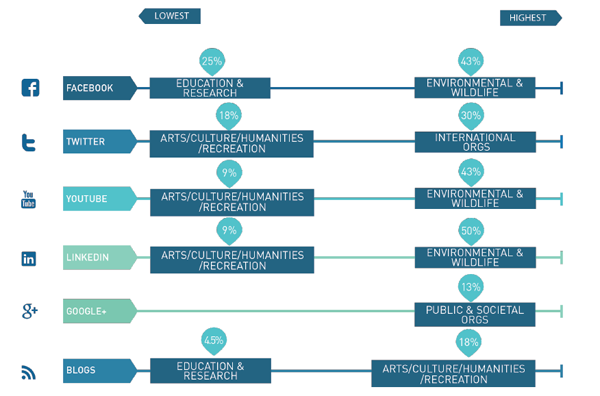Non-profits drop the ball on social media
Share
Social media is an untapped opportunity for not-for-profit organisations, according to a report, which found around two in three are yet to open a social media account.
The ‘State of Social Media Use in Australian Non-Profit Organisations’ report, conducted by Wirth Consulting with almost 600 NFPs, reveals that while 97% have a website, only 31% have a Facebook account and a mere 22% have ventured into Twitter.
Surprisingly, LinkedIn rated as the most commonly used social media tool among NFPs, with 32% a member. And despite being based on causes, only one in ten are maintaining a blog to share opinions on issues in their area of expertise, and for many that do the content flow has ebbed with 31% not having posted for 3 months or more.
Environment and wildlife organisations emerged as the highest users of social media across Facebook, YouTube and LinkedIn, while ‘arts, culture, humanities and recreation’ had the lowest use across Twitter, YouTube and LinkedIn.
Organisations with revenue of over $5 million were most likely to use LinkedIn and YouTube, while those earning less than $100,000 were most likely to use Facebook. Organisations with revenues between $100,000 and $250,000 were least likely to participate in social media.
On average, Facebook accounts had 2538 likes and were updated three times a week, while Twitter accounts averaged 576 followers and were updated 8 times a week.
Close to one in every four NFPs have opened a YouTube account, about half of which are customised with non-standard backgrounds, colours and logo.
Australia has an estimated 600,000 non profit organizations. Of these, the Australian Bureau of Statistics estimates that 59,000 are ‘economically significant’ with a contribution of $43 billion to our GDP and filling 8% of employment.
The study included organisations from most major NFP sectors, with the majority coming from the health and human services sector including aged care, disability support services, Indigenous support and humanitarian.















